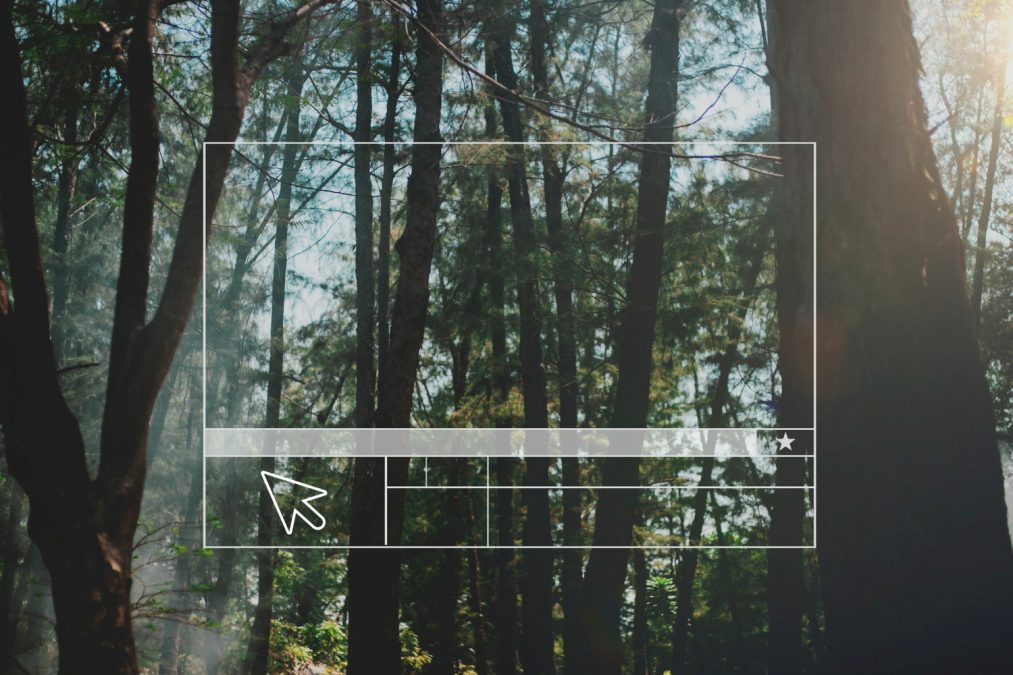Ever come across an image online and wondered where it came from? Maybe you found a stunning photograph, a viral meme, or a suspicious profile picture, and you want to dig deeper. Reverse image search tools make this possible by letting you trace an image’s origins, find similar visuals, or check if someone is misusing your content.
With visual content dominating the internet, from social media to news articles, it’s more important than ever to verify image sources. According to a Pew Research study, over 60% of people have encountered fake or misleading images online. Whether you’re a journalist verifying a news photo, a designer protecting your artwork, or an everyday internet user trying to fact-check a meme, reverse image search can be a game-changer.
So, which tools should you use? We’ve compiled a list of the 6 most powerful reverse image search tools in 2024 to help you uncover the truth behind any image.
Page Contents
1. Google Reverse Image Search (Best for General Image Searches)
What it does: Google Reverse Image Search is the go-to tool for finding visually similar images. It allows you to upload an image or paste a URL to track down its origins, related images, and where it appears online.
✅ Great for: Checking image authenticity, finding similar images, and verifying content
2. TinEye (Best for Copyright Protection & Image Tracking)
What it does: TinEye specializes in tracking down where an image has been used across the internet. Unlike Google, TinEye doesn’t rely on keywords—it uses AI-powered image recognition to find exact matches, even if the image has been cropped, resized, or edited.
✅ Great for: Photographers, brands, and journalists who need to monitor image usage
3. Yandex Reverse Image Search (Best for Finding Similar Faces & Objects)
What it does: Yandex, the Russian search engine, has one of the most advanced reverse image search algorithms. It excels at finding similar faces, objects, and landmarks even when the original image has been altered.
✅ Great for: Identifying people, finding similar products, and tracing photos used in scams
4. Bing Visual Search (Best for Searching Within Images)
What it does: Microsoft’s Bing Visual Search offers an advanced reverse image search that lets you search for specific objects within an image. You can click on an object in a picture (like a handbag or a pair of shoes) and find similar products online.
✅ Great for: Shopping searches, identifying landmarks, and product discovery
5. Social Catfish (Best for Finding People & Detecting Online Scams)
What it does: Social Catfish is designed for finding people online and detecting fake identities. It’s widely used to check if a profile picture is stolen or manipulated, making it a great tool for preventing catfishing and online fraud.
✅ Great for: Dating verification, scam detection, and identity verification
6. Berify (Best for Image Theft Detection & Copyright Monitoring)
What it does: Berify is an AI-powered image tracking tool that helps photographers, brands, and content creators find unauthorized use of their visuals. It continuously scans the web and notifies users if their images appear elsewhere.
✅ Great for: Content creators, businesses, and copyright protection
Conclusion
Whether you’re a content creator protecting your work, a journalist verifying news images, or just someone curious about an image’s origin, reverse image search tools offer a powerful way to uncover hidden details. Google Reverse Image Search and TinEye are great for general searches, while Social Catfish and Berify specialize in identity and copyright protection.
With misinformation, image theft, and deepfake technology on the rise, being able to trace an image’s origins is more important than ever. Try out these tools today and see how they can help you verify, protect, and track images across the web!
Which reverse image search tool do you use the most? Let us know in the comments!






